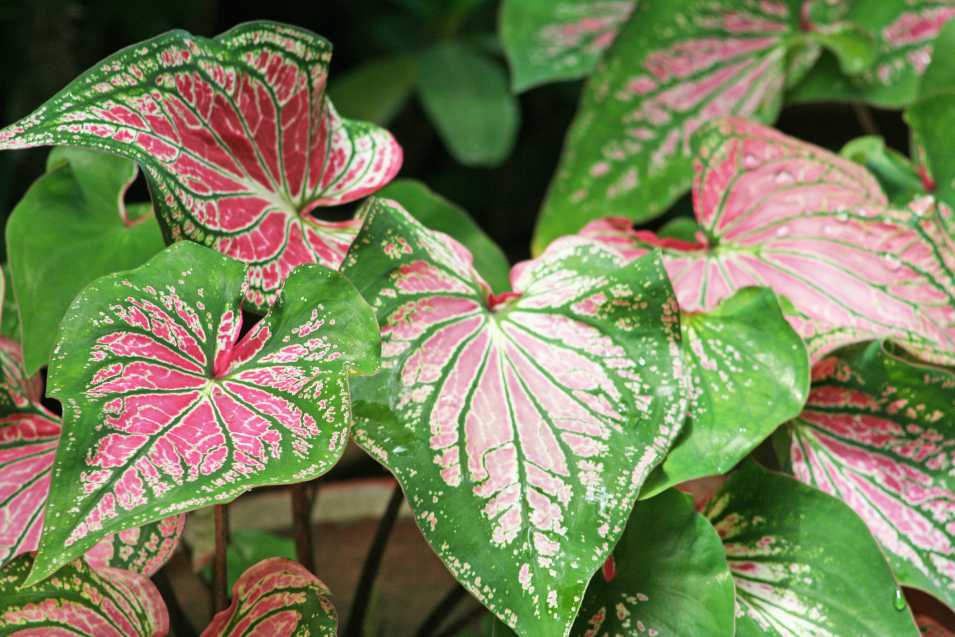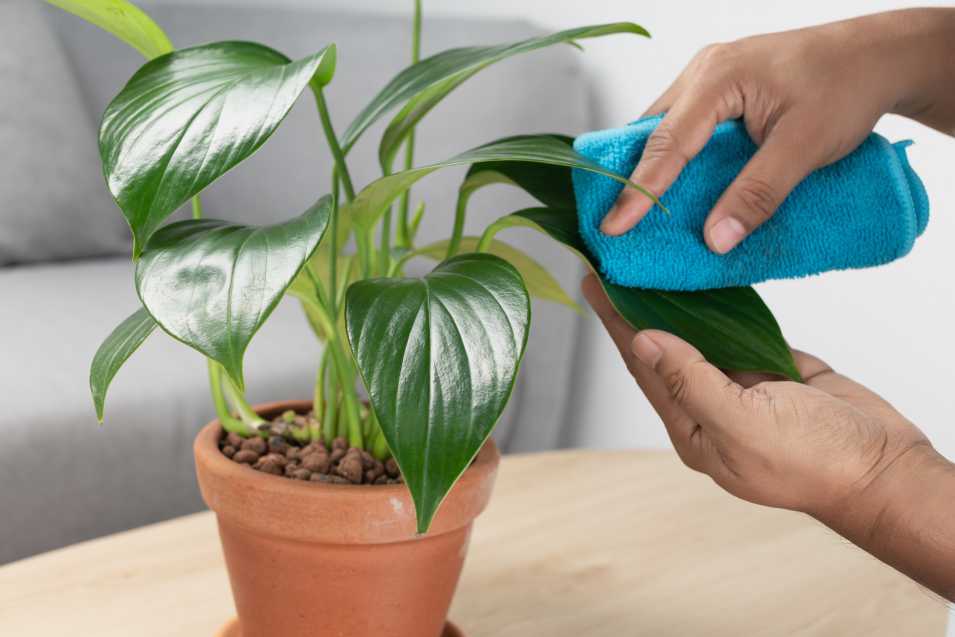There are a wide variety of houseplants available on the market today. Many of them are low maintenance houseplants, which make them perfect choices for a beginner or even a seasoned homeowner.
Low maintenance houseplants are easy to care for While they require regular watering and occasional pruning, they also require very little maintenance.
There are some important tips you should keep in mind to ensure that you keep your plant healthy and beautiful.
Low Maintenance Houseplants – Philodendron
If you’re planning on getting a Philodendron, you need to be aware of a few tips to keep it alive and healthy. This plant is easy to care for, but it does need special attention.
First of all, you need to know how to water this type of plant. When you water it, you need to check for leaves that look dry. Overwatering will cause the plant to grow wilted and may also stunt growth.
You should use a moisture meter to monitor the amount of water your plant needs. If it’s not getting enough, you might have to repot it. It is important to get your plant into the right container. The container should be large enough to accommodate the plant.
It is also essential to make sure that the plant is not placed too close to heaters. Heaters and direct sunlight can burn the plant’s foliage.
Related Article: Philodendron Birkin Care
Sedum Morganianum
You don’t have to spend hours in the garden to keep your houseplants looking great. These easy-care plants require just a few basic care instructions to help them thrive.
The Christmas Cactus is known for its long green stems and bright red flowers. However, this plant is sensitive to overwatering and low light. It also requires a cool temperature and a succulent-specific potting mix.
Sedum morganianum is another plant that is easy to care for. This plant belongs to the stonecrop family, Crassulaceae. The foliage of this succulent is smooth and pointed.
This plant prefers to be grown indoors, but it can also grow outdoors in USDA Hardiness Zones 10b to 11a. If you plan to grow the plant outdoors, it will need to be watered regularly and planted in sandy, well-draining soil.

Caladium bicolor
Caladium bicolor is one of the most popular varieties of Caladium. It is a tropical perennial species. The plant grows to 30 inches tall. These Caladiums come in a variety of colors, with heart shaped leaves and white variegations between the veins.
During winter, the plants should be stored in a dry and dark place. They can be planted again in the spring.
The caladiums can thrive in warm weather, but they do need consistent temperatures of 20C or more. Their foliage is lush and colorful, making them a great choice for the shade garden.
The Caladiums are native to tropical areas in South and Central America. There are over 1000 cultivars to choose from. Each cultivar is bred to grow in its specific environment.
Related Article: The Case for More Spider Plants
Parlor Palm
If you’re new to growing houseplants, you may feel overwhelmed. But, with a few simple tips, you can enjoy the benefits of these plants without a lot of work.
One easy way to care for these plants is to make sure you use a soil that drains well. Many potting mixes contain coco coir, but you can also mix peat moss in.
Another way to help your Parlor Palm is to add a bit of misting. You can do this by setting your plant in a sunny room or using a tepid shower. A humidifier can be a great help in dry environments.
In general, you want to give your Parlor Palm consistent moisture. The correct amount of water can vary depending on your location. It’s best to avoid overwatering.
Kalanchoe
Kalanchoes are a popular landscaping bedding plant that is commonly found in gardens. They are easy to care for and can be grown both indoors and outdoors. Their blooms are lilac or pink.
Kalanchoes are sturdy plants that thrive in moderate humidity. Watering can be minimal, but it is best to let the soil dry out between waterings. Otherwise, kalanchoes can be damaged by root rot. Overwatering can cause yellowing and soft leaves.
These plants also thrive in indirect light. Direct sunlight can scorch the foliage, reducing blooming. Try putting your kalanchoes in a windowsill or under a grow light.
Related Article: How to Care for Coleus Plants
